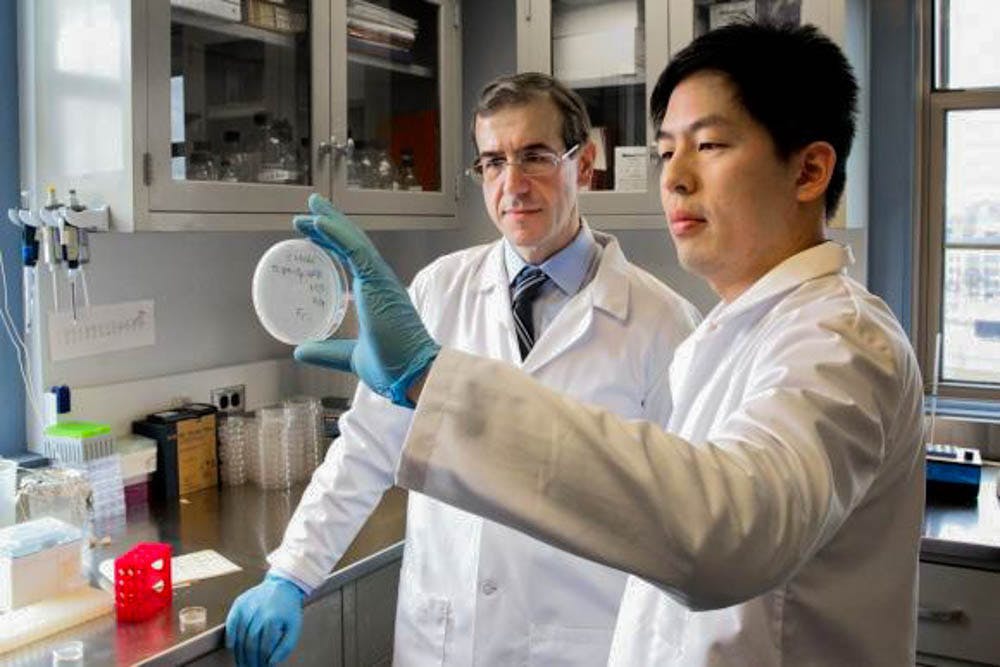A recent University study published in Nature will open doors for antibiotics research by addressing an increasingly relevant crisis — the existence of superbugs, a term to describe antibiotic-resistant bacteria and infections caused by the prevalent MRSA bacterial strains. Researchers identified two compounds that could potentially kill the drug-resistant bacteria.
MRSA cells are deemed “persisters” because they are responsible for chronic infection, said Wooseong Kim, the study’s first author and a postdoctoral researcher at the Alpert Medical School and the Rhode Island Hospital.
MRSA infections can be acquired when patients are admitted to the intensive care unit or other hospital wards, wrote Eleftherios Mylonakis, professor of infectious disease, in an email to The Herald, adding that the Centers for Disease Control and Prevention deemed them a “serious threat.” According to the CDC’s website, two in 100 people carry MRSA.
These chronic infections put patients in “a very challenging position,” as they must continually seek treatment. With traditional antibiotics, the infection enters a dormant stage before eventually reanimating, said Beth Fuchs, co-author of the study.
The study, which began in 2010, involved a series of experiments on C. elegans, a type of nematode worm. The researchers identified 185 compounds that decreased MRSA’s ability to kill the worms, Mylonakis wrote.
The researchers then selected two well-studied compounds from the list of 185 to further investigate. The compounds were both retinoids, which target the lipid bi-layer of the cell membrane. In contrast, traditional antibiotics work to disrupt bacteria’s metabolic processes. The compounds’ different method of attacking the bacteria proved essential for treating MRSA-based infections and their persister cells.
Beyond the study of these compounds, the research identified a target through which the persister cells could be attacked. The authors believe that this target could be used for new drugs and future research on MRSA-killing compounds, Fuchs said. In order to reach the stage of drug development, researchers will have to investigate the compounds for patient safety and comply with Food and Drug Agency tests, Fuchs added.
The study brought together a team of scientists across multiple disciplines. “We worked together with medicinal chemists, geneticists, engineers and computer scientists,” Mylonakis wrote, explaining that this multidisciplinary effort enabled the group to understand the action through which the retinoids functioned.
Julian Hurdle, associate professor of microbiology at Texas A&M University, who is unaffiliated with the study, confirmed that the discovery of the compounds “is very promising.” But given the “number of parameters that have to be met” in the clinical setting, the notion that the compounds could become a pragmatic treatment for MRSA is “a hope, but not a guarantee,” Hurdle said. He added that the technology and methods employed for this study provide the opportunity to uncover more molecules and optimize them for antimicrobial purposes.





